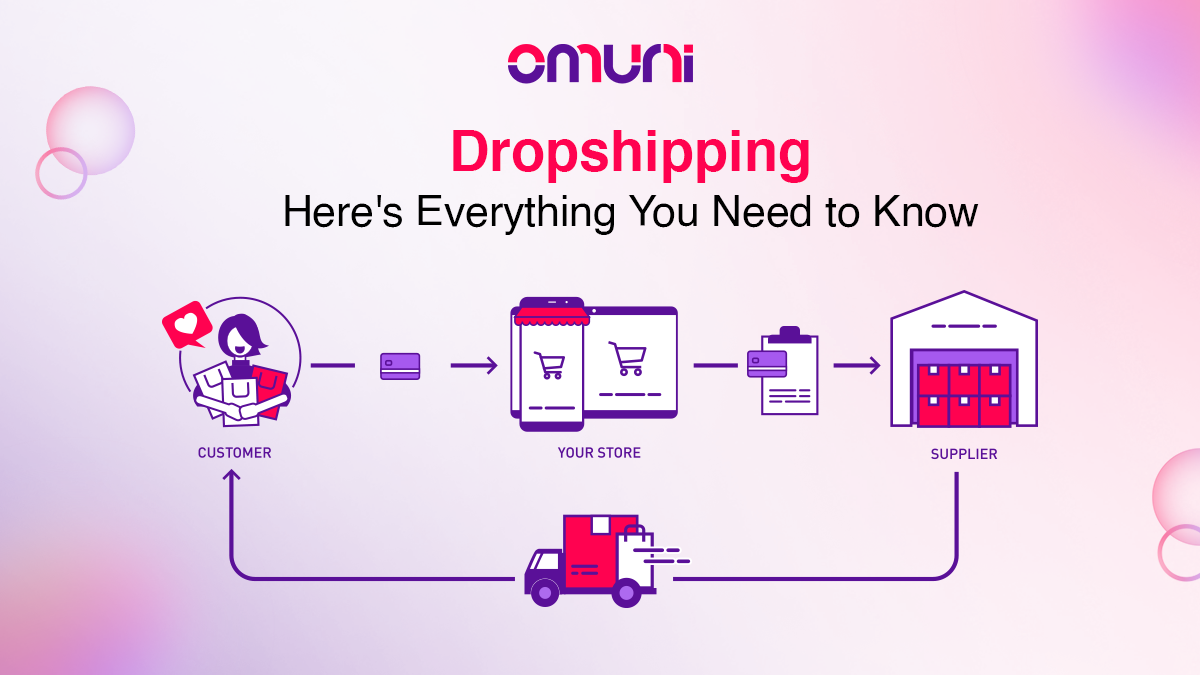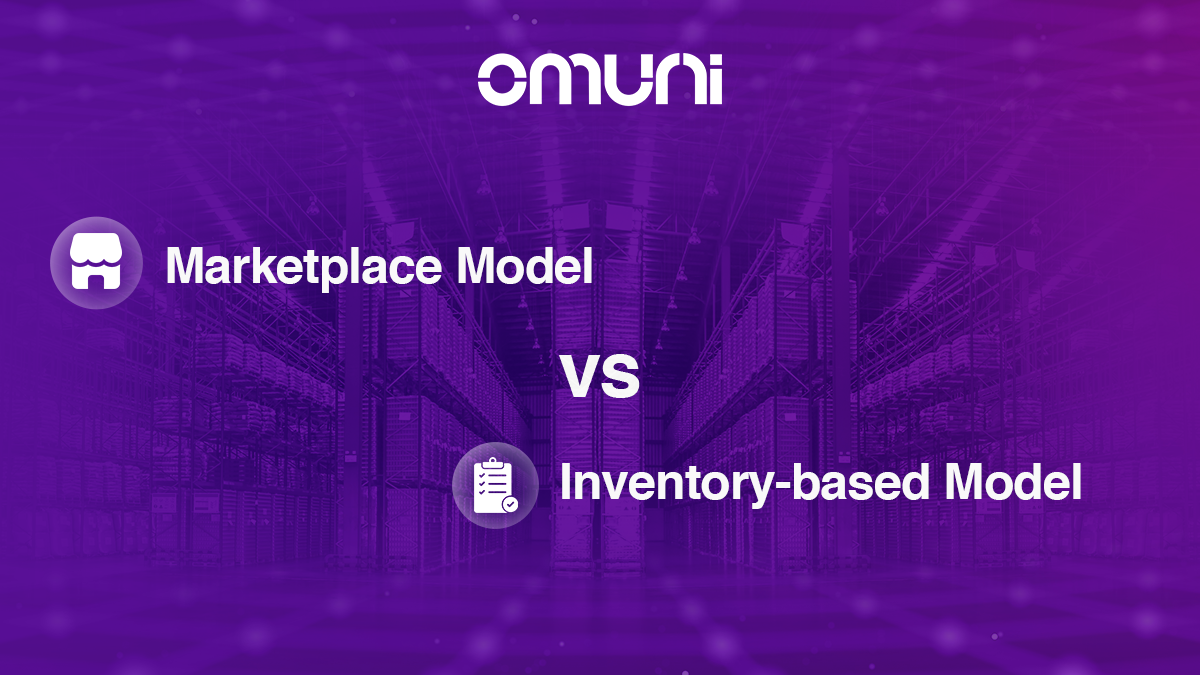Customer Journey Mapping: Everything You Need to Know
On the surface level, serving your customers may seem simple—you just offer your products, and they buy them. But it gets complex quickly once you look closely at your customer’s journeys with your brand.
Today, customers prioritize convenience and flexibility over anything else and use multiple channels, like stores, websites, marketplaces, social media, applications, etc., to communicate with brands. According to a report, 69% of customers consider the convenience of shopping more important than brand loyalty.
However, the more the number of channels and touchpoints, the more complex a customer journey may become if not appropriately mapped. Therefore, to deliver seamless customer experiences across all touchpoints and channels, brands must map their customer journeys and identify bottlenecks that can hamper their buying experiences.
But what is customer journey mapping, and how can you create one for your brand? Read on, where we discuss all of this in detail.
What is Customer Journey Map?
The customer journey map is a visual illustration that depicts the steps taken by a customer to complete a specific journey while interacting with a brand. This includes every stage a customer goes through while buying products online or offline. It considers customers’ needs, the level of engagement, and the problems they face while interacting with the brand.
The more steps a brand takes into account while mapping the customer journey, the easier it is to improve the customer experience. The end goal of a customer journey map is to make the journey seamless, identify bottlenecks, and quickly resolve issues.
Why Does the Customer Journey Map Matter?
Mapping the customer journey is important because, using this approach, brands can understand customer expectations. As we know, customer expectations are ever-evolving regardless of the size of a business. Customers today demand an omnichannel approach to their buying journey where they can interact with the brand across any platform. Mapping customer journeys helps brands to deliver the same brand experience across all touchpoints.
Another important aspect of mapping the customer journey is to deliver a delightful customer experience by personalization. According to a report, 52% of customers expect personalized offers according to their journey with the brand. Customer journey mapping allows brands to deliver personalized experiences across all channels.
Mapping customer journeys is also an excellent way to understand channel performance. It allows for avoiding potential bottlenecks in the buyers’ journeys and identifying areas that need immediate attention to improve customer retention.
Steps to Create an Effective Journey Map

There is no one correct way to create your customer journey map. Every business needs to map customer journeys their own way. However, there are some measures you can take to create an effective one.
Figure What to Measure
You need to lay out clear goals to have a reference point for what to look for when plotting customer journeys.
Develop a Customer Persona
Understand your customers better by getting to know what are their needs and wants. This helps you depict your target customers so that you can assess how to engage with them.
Define Buying Phases
During this step, understand the phases your customers go through while shopping with your brand.
Determine the Touchpoints
Identify the touchpoints where your brand and customer interaction happen within each phase.
Evaluate Customer Experience
Understand what customers face at each touchpoint and how they feel about it. Also, ask yourself whether you are delivering on your customer’s expectations.
#6 – Resolve Areas of Concern: After creating and analyzing the customer journey map, take corrective steps to make your customer journey frictionless and seamless.
Power of an Omnichannel Approach
Mapping out multiple customer journeys across multiple buyer personas can be time-consuming. Once you’ve mapped it out, you’ll need a way to provide a personalized customer experience because today’s consumers expect a highly personalized experience.
The way to deliver personalized experiences in your customers’ journey is by leveraging omnichannel personalization. Omnichannel personalization entails customizing experiences across all channels, no matter where and when a customer engages with the brand. A customer journey enabled by omnichannel personalization makes the experience seamless.
Conclusion
As there are multiple channels, therefore, to deliver seamless customer experiences across all touchpoints and channels, brands must map their customer journeys and identify bottlenecks that can hamper their buying experiences. Customer journey mapping allows brands to deliver personalized experiences across all channels.
Brands can create their customer journey map in simple steps, i.e., by figuring out what to measure, developing customer persona, defining buying phases, determining touchpoints, evaluating customer experiences, and then resolving the areas of concern.
Frequently Asked Questions (FAQs)
There are multiple stages a customer goes through during his journey with a brand.
Awareness Phase: Most consumers start with this phase and learn about products they might need.
Consideration Phase: During this phase, the customer compares one brand’s products with others.
Decision Phase: In this phase, the customers engage with the brand, look for quotes, or speak to sales representatives.
Retention Phase: In this phase, the customers are continuously engaged with loyalty benefits, special offers and discounts to increase their lifetime value.
Advocacy Phase: Customers with great experience with the brand become advocates and support the brand by being vocal.
There are many advantages to mapping your customer journey. It helps increase customer lifetime value, lower costs, improve customer retention, and improve customer acquisition.
The objective of customer journey mapping is to improve customer experience.



